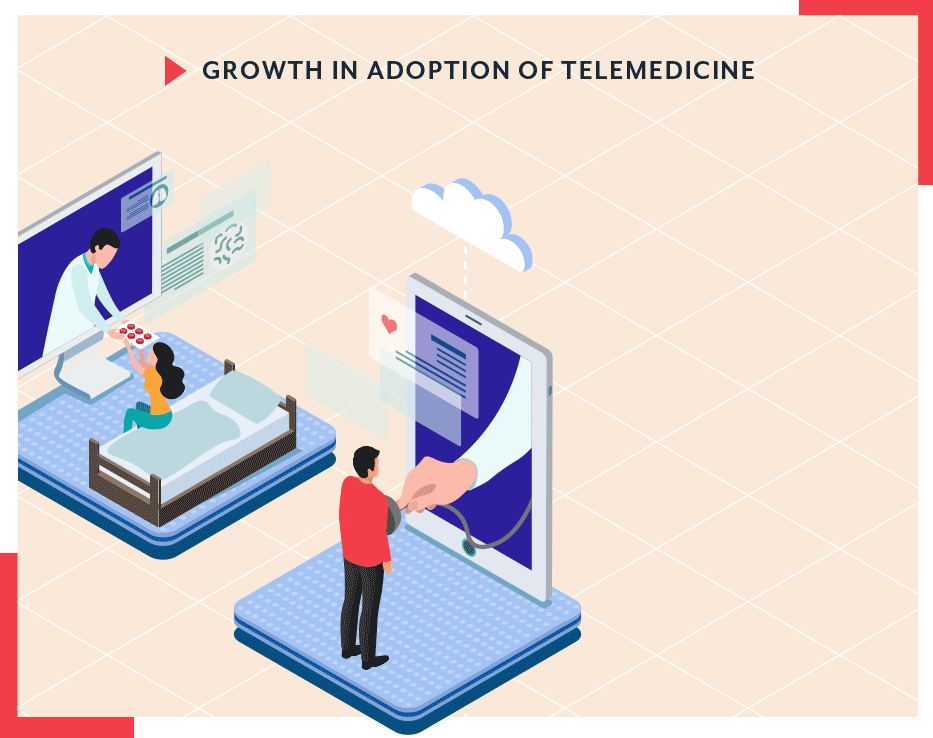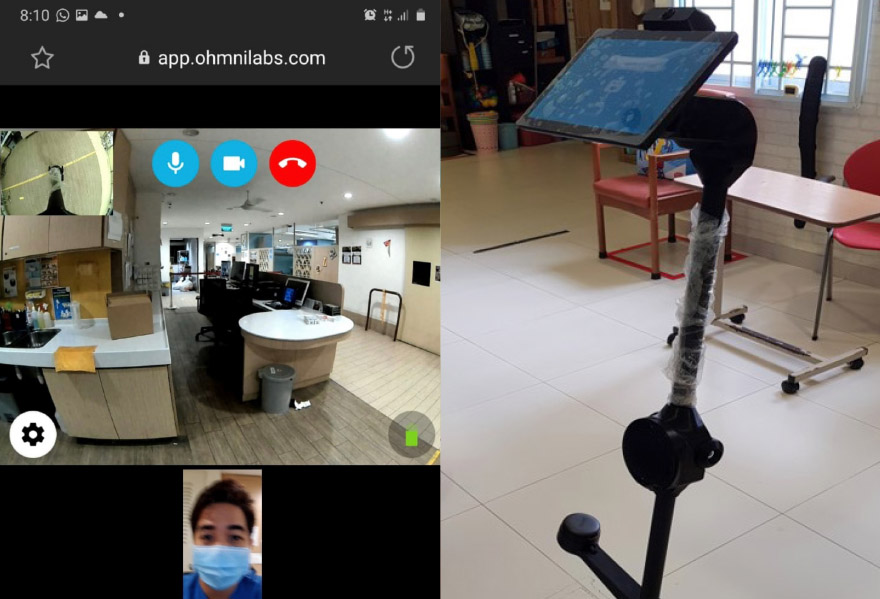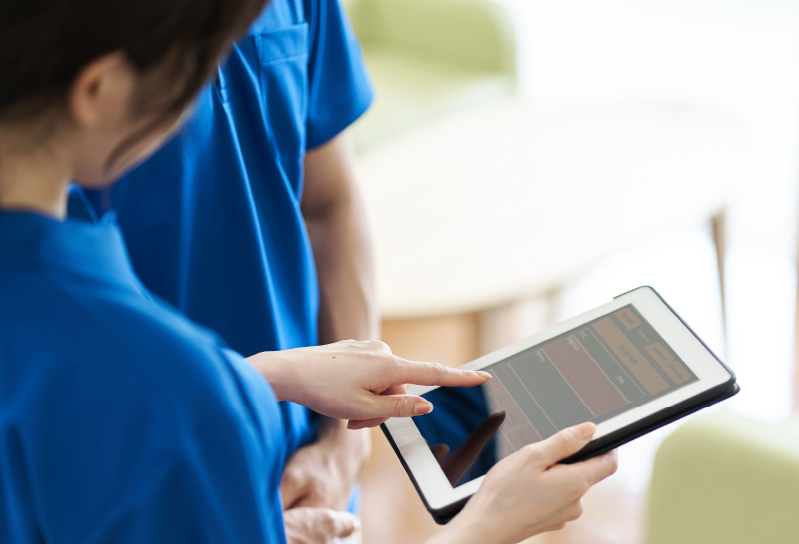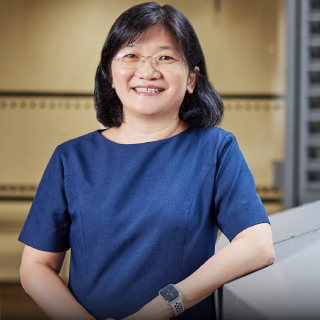HEALTHCARE INNOVATIONS CATALYSED
Many of the things that were hitherto not possible before COVID-19 now can be done, and they can be done because of digital tools.
MINISTER FOR HEALTH ONG YE KUNG,
ASIA TECH X SINGAPORE SUMMIT 2022
COVID-19 may have brought about unexpected and unprecedented challenges to Singapore, but it also accelerated the nation’s digital transformation efforts.
Some of the changes have become standard practice, such as the use of telemedicine and remote consultation and monitoring, as well as the incorporation of pandemic-resilient design into nursing homes and senior care centres.

BENEFITS OF TELEMEDICINE
INCREASED ACCESSIBILITY AND FLEXIBILITY
Patients can consult doctors and receive prescriptions at their convenience and preferred timings.
MINIMISED EXPOSURE TO PATHOGENS
Consultations without physical interaction reduce the risk of infection and transmission.
LESS STRAIN ON HOSPITALS AND CLINICS
Patients are able to receive care and recover at home, freeing up healthcare capacity.
TELEHEALTH
IS HERE
TO STAY
“Telehealth will continue to be a mainstay feature in Singapore’s healthcare landscape offering greater convenience, improved accessibility to care, as well as time and cost savings for both providers and patients.”
MR ALAN GOH,
ASSISTANT CHIEF EXECUTIVE, INTEGRATED HEALTH INFORMATION SYSTEMS,
CNA ARTICLE ON POST-PANDEMIC CHANGES
EXTENSION OF TELEHEALTH CAPABILITIES
HOSPITALISATION BEYOND WARDS
Today, patients have the option of being ‘hospitalised’ in the comfort of their homes. Eligible low-risk patients, with general medical conditions such as skin infections, urinary tract infections or even COVID-19, can be referred to the Mobile Inpatient Care @ Home (MIC@Home) programme.
These patients will be admitted to ‘virtual wards’, under the watchful charge of MIC@Home teams comprising doctors, nurses, pharmacists and therapists. Through a combination of teleconsultations and home visits, patients will receive clinical care, such as intravenous medication and blood tests, similar to what they would receive in a hospital setting, and have 24/7 access to the care team till they are medically fit. Care escalation protocols, including hospital admission, will be triggered if a patient’s condition deteriorates.

TELEPRESENCE ROBOTS IN NURSING HOMES
Telepresence robots are helpful in more ways than one. They can facilitate video calls between residents and their loved ones, and allow volunteers to interact with residents without being physically present. The robots’ ability to roam across wards have also boosted inter-floor and inter-room engagement. Additionally, with their night vision capability, the robots are able to perform night sentry duty and assist in the monitoring of residents.

Telepresence robots facilitated safe and effective connections with loved ones when face-to-face engagement was limited. Photo: Agency for Integrated Care
PANDEMIC-RESILIENT DESIGN
As part of ongoing efforts to improve eldercare facilities, a pandemic-resilient design that can facilitate split-zone operations has become an important consideration for new nursing homes and senior care centres. This includes the design of flexible spaces that can be easily converted for different uses without the need for costly and time-consuming renovations.


Photos: Community Healthcare by Edwin Koo, Collection of the National Museum of Singapore, National Heritage Board; Agency for Integrated Care














